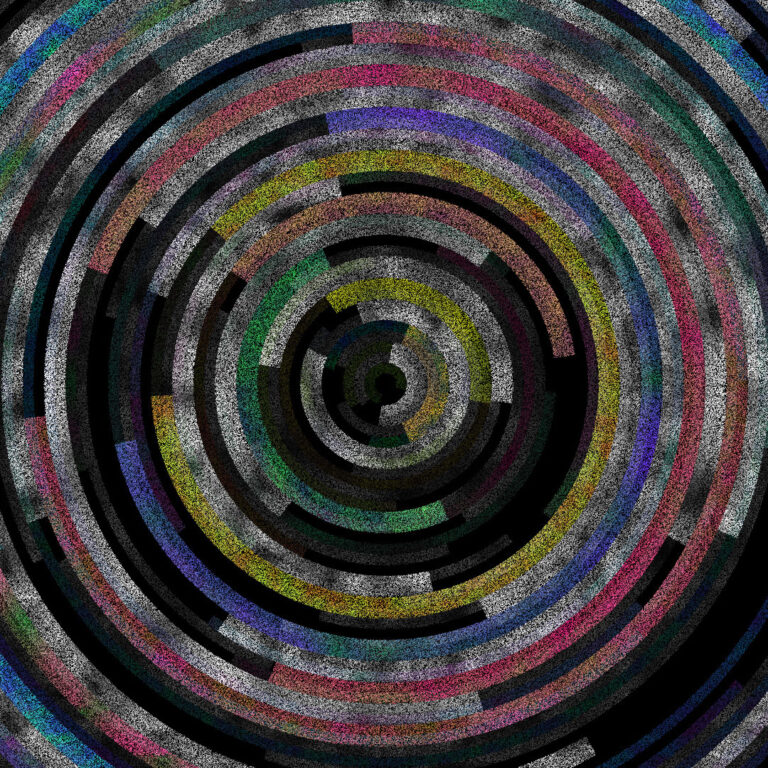INTERVIEW
THE NEW CURRENT
May 2022
The New Current is a music, art, film, and cultural review independent website,
LINK: https://www.thenewcurrent.co.uk/
and they featured Hiroshima Animation Season 2022 film selection on their FESTIVAL page. I was interviewed by Niger, Chief Editor of the New Current, about my selected experimental animation film Clockwise.
Q1. Hi Toni, thank you for talking to The New Current, how have you been keeping during these strange times?
Hi Niger, a pleasure to be interviewed for The New Current. These times have been difficult for everyone but art, creativity and experimentation are a nice refuge. So I kept busy creating visuals, exploring new techniques and learning different algorithms.
My goal as a generative artist and experimental animator is to create autonomous systems that make the essence of nature’s beauty emerge by modeling not only its appearance but its behavior. Mathematics, physics and computation are essential tools to implement a set of rules that an autonomous system must follow to simulate nature’s appearance and behavior.
Q2. Congratulations on having Clokwise part of the Hiroshima Animation Session 2022, what does it mean to you be at the festival with your film?
I’m glad because Clockwise will reach the Japanese audience. My main goal is to let people experience sensations and thoughts through my audiovisual works. So when one of my animation works is shown in a different country or region, it makes me feel so happy!
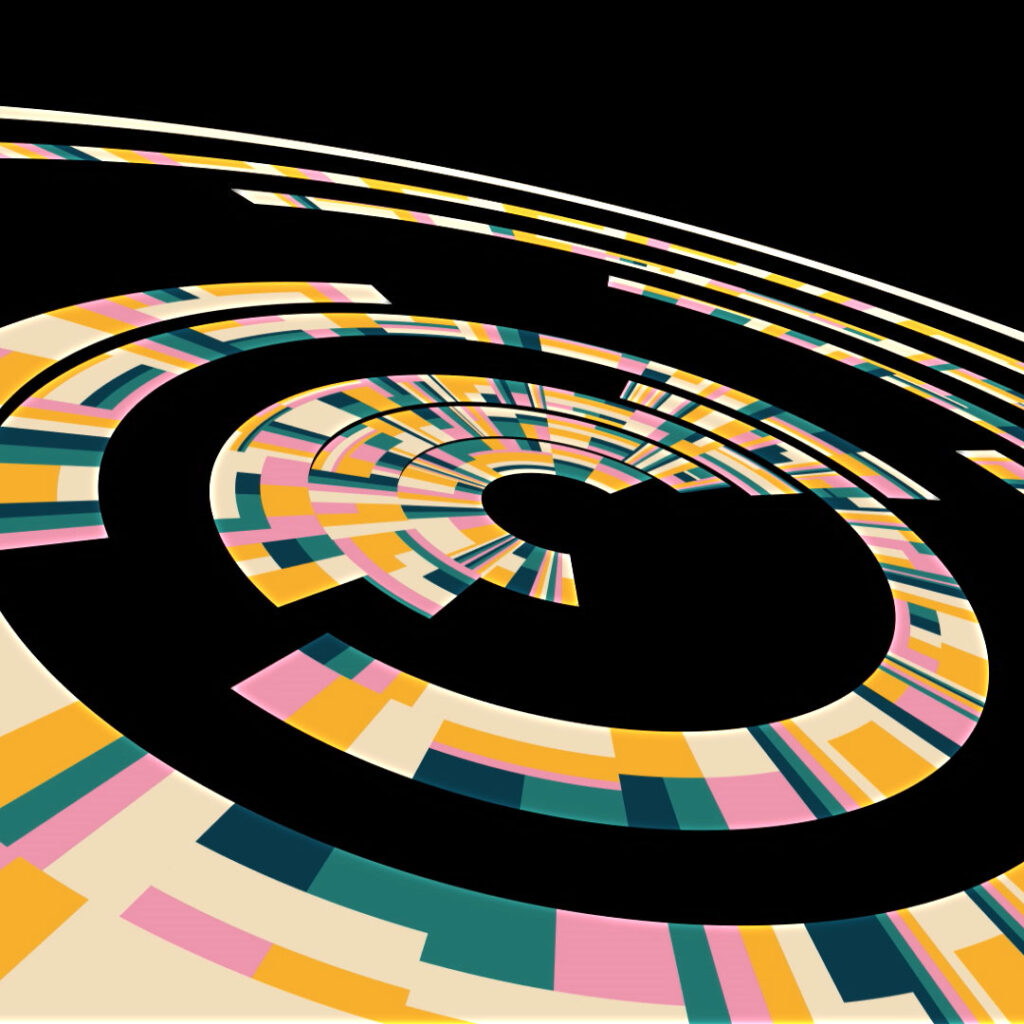
Q3. Can you tell me how Clockwise came about, what was the inspiration behind this film?
Clockwise is a generative and experimental audiovisual piece that explores the concept of space-time, Zeno’s paradoxes related to the infinite subdivision of space and time (dichotomy and arrow paradoxes), and their experimental abstract audiovisual representations.
Q4. How much flexibility did you allow yourself once you started making Clockwise?
Well I had in mind a clear idea of what I wanted to explore: the subdivision of space. From this starting point everything was experimentation. As I advanced in the project, decisions were made about visual grammar, composition, transitions, shapes, colors, and many others but I was always thinking of providing the best of them to amplify the idea of space subdivision.
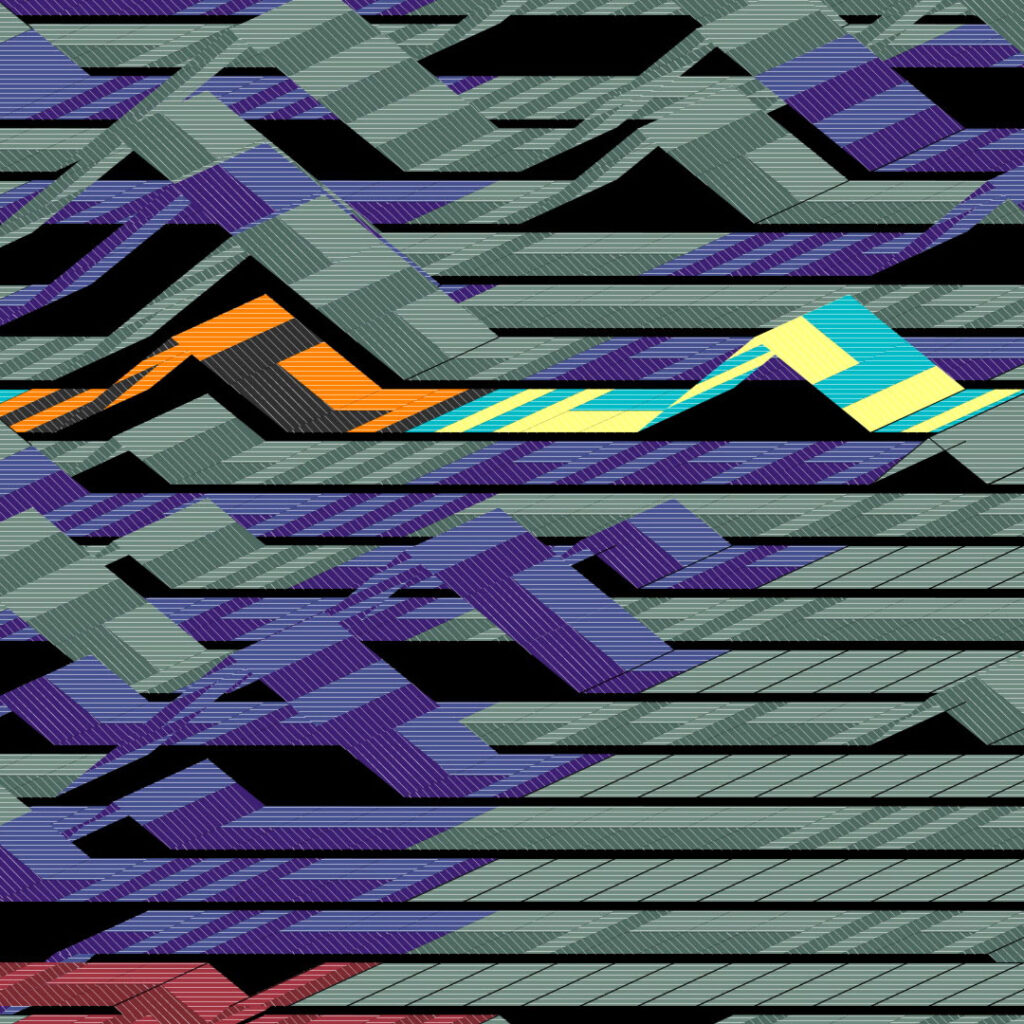
Q5. Whas the music by Daniele Carmosino & Mark Aanderud created before or after you made Clockwise and how influential was Daniele’s music in helping you creating the tone you wanted for your animation?
Clockwise started during an experimental studio session with composer Daniele Carmosino and pianist Mark Aanderud. During the session they modified the piano adding a layer of tissue paper between the piano hammers and the strings, creating a beautiful percussive crispy sound that inspired a very rhythmic improvisation by Mark. That was the base on which Daniele created the rest of the track, recording an opera singer and live horns and manipulating the sound through analogue gear.
Later I generated the visuals through creative programming with the use of different algorithms of recursive subdivision of polygons, motion graphics techniques, computational complexity, audio-reactivity based on the analysis of the fast Fourier
transform (FFT), and a touch of human-machine interaction.
Basically, visuals are fed through audio. Most of the visual elements depend on the audio spectrum: colors, shapes, and many other choices. For example the color palettes used to fill or shade polygons are chosen according to the sound frequencies extracted from the audio.
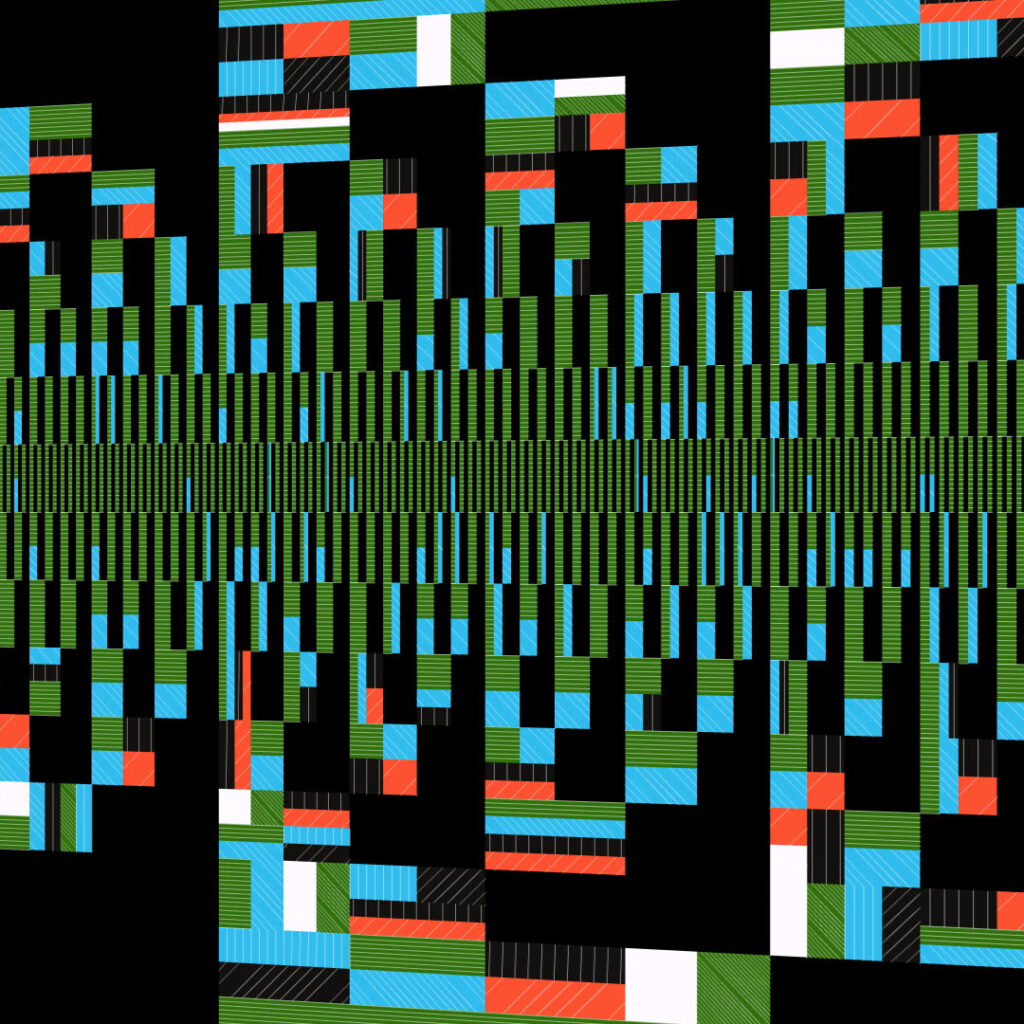
Q6. What was the biggest challenges you faced bringing Clockwise to life and what was the hardest part of making this film?
For the production of Clockwise I’ve learnt a lot of geometry, math and algorithms I didn’t know before. Coding polygon subdivision algorithms for animation has been really hard until I mastered the recursive subdivision technique. Then everything was easier and fun.
Q7. What does Clockwise saw about your creatve passion and the message you want to say with this film?
I was really inspired by the mosaics of the pop artist Eduardo Paolozzi and the tapestries of Gunta Stölzl and the Bauhaus school, but I applied a very close approach to pixel art and visual music. I think Clockwise’s message is about exploring experimental animation with custom tools such as creative coding, data or human-machine interaction.
Q8. Where did your passion for animation come from?
I guess my passion for abstract animation started very early in my childhood. I remember playing with kaleidoscopes for many hours when I was a child.
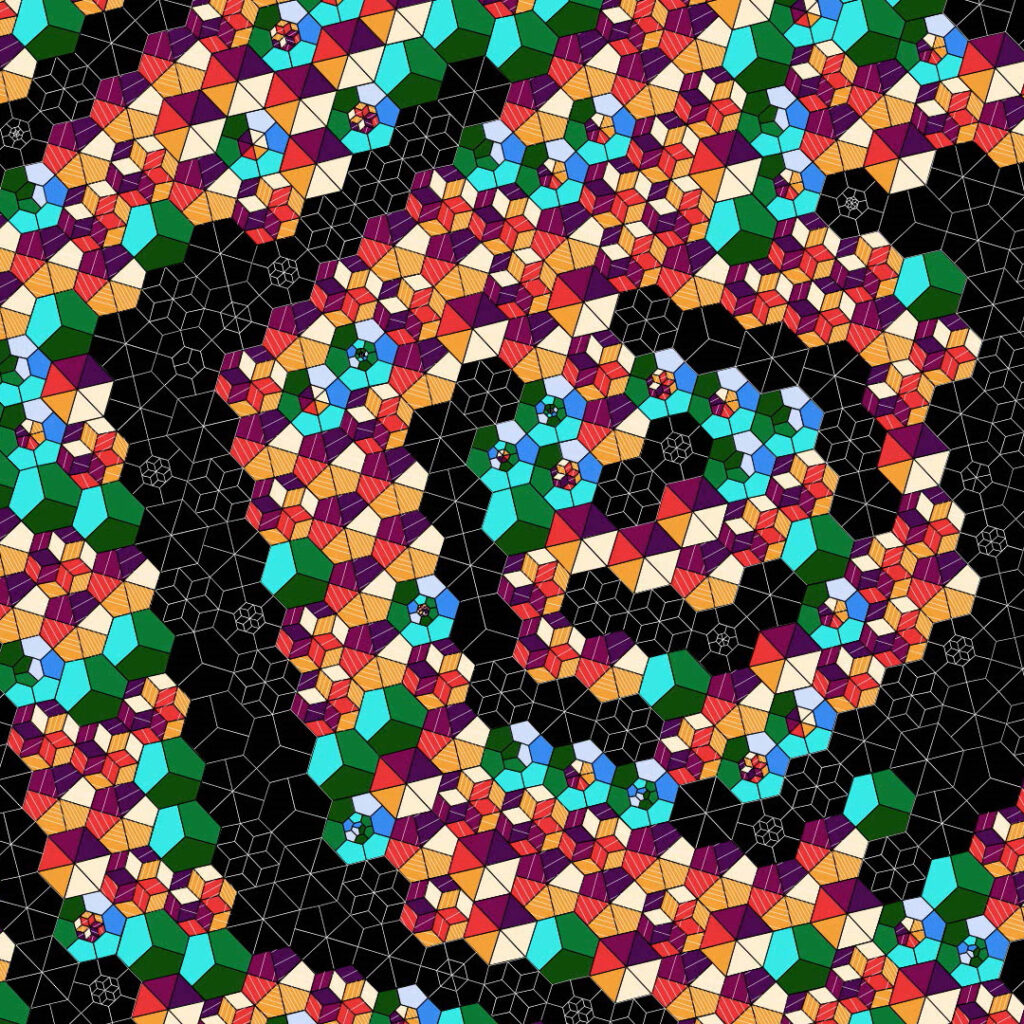
Q9. How did Spaghetti Coder originate what has been the most valuable lesson you taken from exploring new boundaries in audiovisual expression?
I started 12 years ago exploring audiovisuals with a generative and experimental approach, without using traditional commercial animation software. I produce all
images and animations by myself using only my custom pieces of code. All this time has been amazing. I’ve learnt a lot by doing, and by understanding how things work in abstract animation: the mathematics of motion, the geometry of composition, the rules of color palettes, and many others.
Q10. How much has the approach and style of your work evolved since you started?
I think every film animation I work on produces an accumulative shift in my style. Every film in my career has been an opportunity to explore new territories and I’m sure the next film will be quite different from the previous, but it still will have in common my favorite elements: abstraction and micro-animation.
Q11. Are there any film themes or genre you are keen to explore with future films?
I’m open to any genre exploration. For me the genre follows the idea. Depending on the underlying idea behind a film, a genre can be appropriate or not. Right now I’m exploring the possibilities of the virtual reality medium to create more powerful and immersive animation experiences.
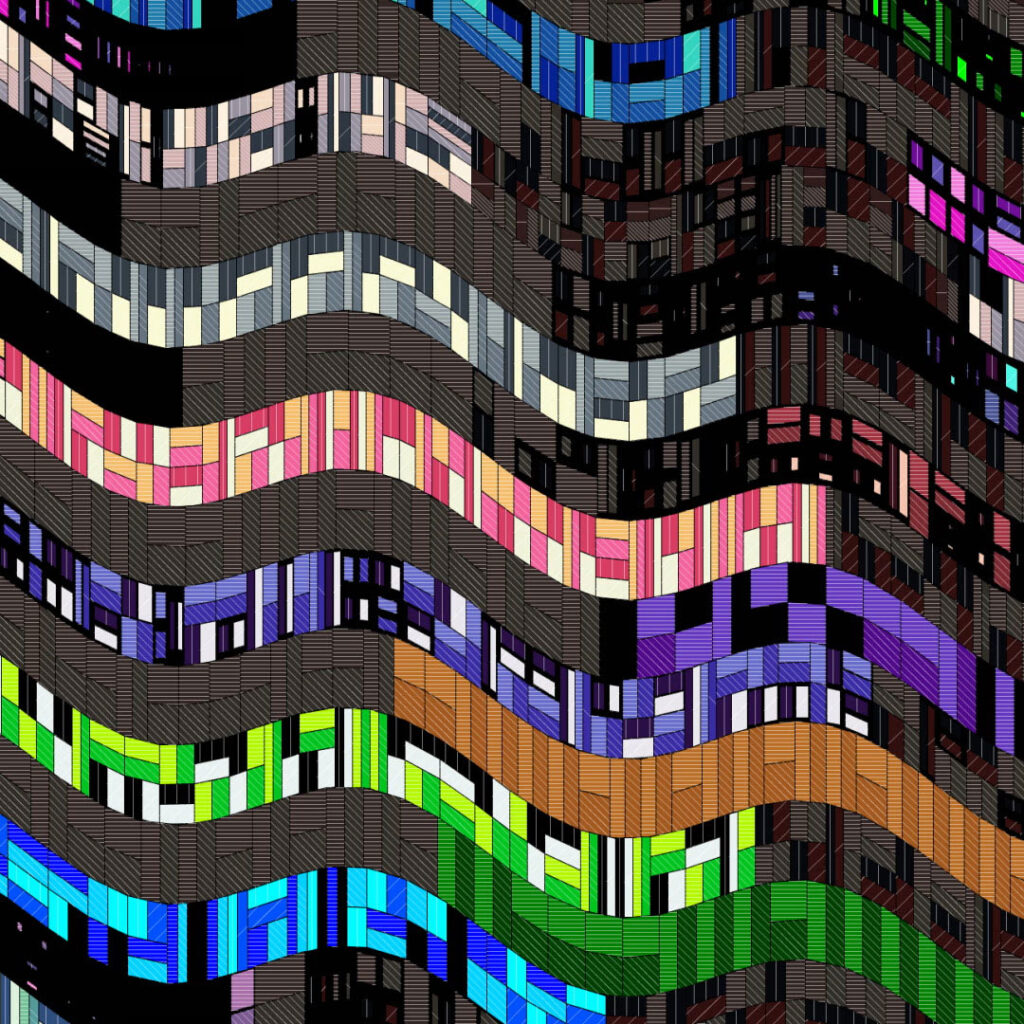
Q12. Do you have any advice or tips you would offer a fellow animator?
When someone asks me for advice, I always remember a sentence from Some Rules for Students and Teachers by Sister Corita Kent. “Nothing is a mistake. There’s no win and no fail. There’s only make”. This rule explains really well what experimentation is. It has been with me from the very beginning.
Q13. And finally, what do you hope your audiences will take away from Clockwise?
If people enjoy the beauty of Clockwise I’ll be happy. The film is a piece of animation to get carried away by the philosophical and immersive subconscious of the imaginary and music, and forget the real world for a short time.
